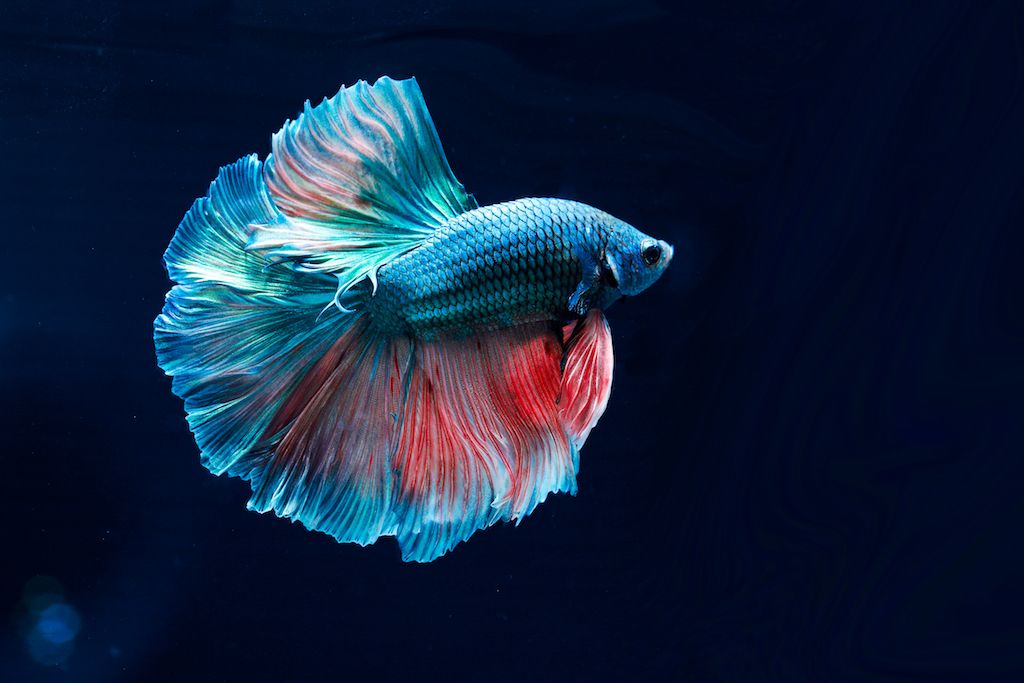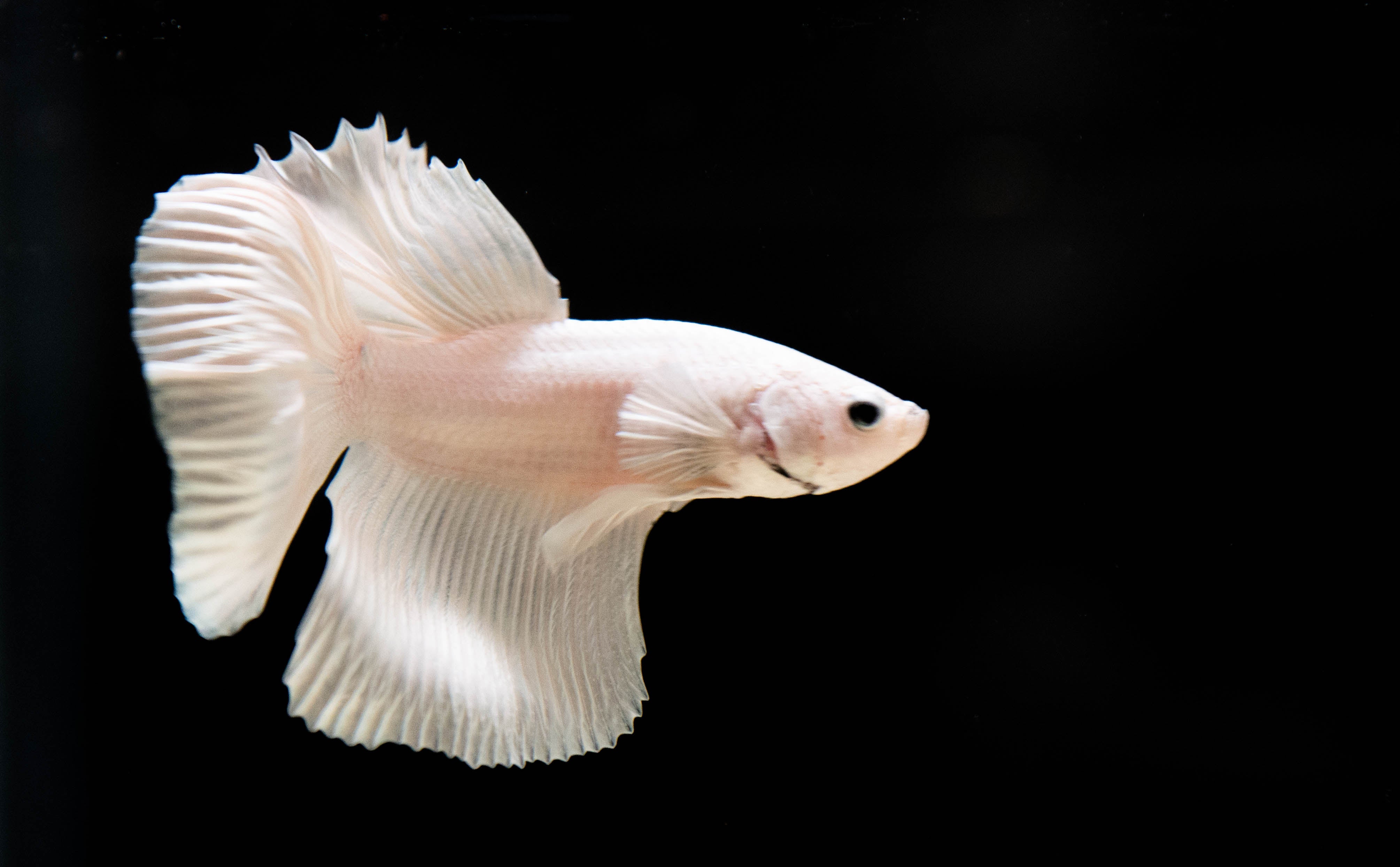Just how to Produce the Perfect Betta Fish Habitat in the house
Just how to Produce the Perfect Betta Fish Habitat in the house
Blog Article
Reproducing Betta Fish: a Comprehensive Step-By-Step Overview to Successfully Raising Child Bettas From Eggs to Their Adult Years
Breeding Betta fish is a precise endeavor that requires careful preparation and implementation to ensure the successful growth of fry from eggs to mature fish. Selecting genetically varied breeding couple with preferable qualities is just the start; producing an optimal atmosphere and recognizing the intricacies of the breeding procedure are just as essential. As the male Betta faithfully constructs a bubble nest and guards the precious eggs, the subsequent phases of treatment and transition demand interest to information and knowledge of best methods. Just how does one browse the challenging yet rewarding path of supporting these vivid animals to adulthood?

Choosing Breeding Pairs
When beginning on the journey of breeding Betta fish, choosing the best breeding sets is vital to accomplishing preferable traits and a healthy and balanced lineage - betta fish. The initial action in this process is to recognize the particular characteristics you wish to boost or protect, such as shade, fin type, and physique. It is necessary to choose genetically varied pairs to stay clear of inbreeding, which can cause health problems and undesirable attributes
Examine possible breeding prospects very carefully. A healthy male Betta must exhibit lively shades, an active behavior, and well-formed fins, while the lady ought to additionally display dynamic pigmentation and a rounded tummy, showing readiness for spawning. Observing the personality of both fish is vital, as aggressive or extremely reluctant individuals may not reproduce effectively.
Maintaining records of the parent fish's origins can assist you track hereditary qualities and potential problems. Inevitably, investing time in the selection process will considerably enhance the probability of creating strong, lively spawn that fulfill your reproduction objectives.

Preparing the Breeding Tank
Developing an optimum reproduction environment is an essential action after choosing suitable sets for Betta fish. The breeding tank must be particularly designed to give comfort and boost the all-natural breeding habits of the fish. Start with a tank dimension of a minimum of 10 gallons to guarantee ample space for both the man and female Bettas.
Preserve a mild filtration system to keep the water clean while avoiding strong currents that can emphasize the fish. Additionally, an air stone can be included in provide oxygenation without disrupting the water surface area as well much.
Temperature level policy is important; aim for a steady series of 78-82 ° F(25-28 ° C) utilizing a reliable heating unit. The pH level must be kept between 6.5 and 7.5, and routine water adjustments are required to make certain high water quality.
Integrate drifting plants or spawning mops to produce concealing spots for the female, while likewise encouraging bubble nest structure by the man - betta fish. Make sure the container is free from sharp decorations and any potential risks, as the well-being of the fish should always be prioritized throughout this critical phase of breeding.
The Breeding Process
Normally, the breeding process for Betta fish involves a series of distinct and observable behaviors that indicate preparedness for recreation. The male Betta begins by developing a bubble nest at the water's surface, which works as a website for the fed eggs. This nest is vital, as it provides a risk-free atmosphere for the eggs up until they hatch.
When the nest is established, the male will certainly show courtship behaviors, such as flaring his fins and exhibiting lively colors to bring in the female. The female, upon picking up the man's readiness, will certainly respond by showing vertical stripes along her body, signifying her receptiveness.
The fed eggs after that fall to the bubble nest, where the male carefully gathers and returns them to the nest. Following this, the male assumes duty for protecting the nest and ensuring the security of the eggs up until they hatch out, normally within 24-36 hours.
Caring for Betta Fry
Caring for Betta fry needs mindful focus to their environment and nutrition to guarantee healthy and balanced development and growth. After hatching, Betta fry are incredibly little and at risk, necessitating a stable and clean habitat.
Feeding more helpful hints Betta fry is just as important. Originally, they should be supplied infusoria or finely crushed top notch fry food, as their mouths are also tiny to take care of bigger particles. As they grow, you can slowly introduce Check Out Your URL larger foods, such as baby brine shrimp or powdered flakes, to guarantee they obtain ample nourishment. Feed them tiny quantities numerous times a day, bewaring not to overfeed, which can lead to water quality concerns.
Transitioning to Grownup Bettas
As Betta fry fully grown, transitioning them to adult Bettas is an essential phase that needs cautious monitoring of their setting and social interactions. This process generally begins when the fry reach around six weeks of age, whereupon they can be progressively presented to a more organized living environment.
To facilitate this transition, it is important to make certain that the water specifications-- such as temperature level, pH, and ammonia levels-- are optimal and steady. Grown-up Betta fish flourish in cozy water (around 78-80 ° F) with a pH of 6.5 to 7.5. Slowly accustom the fry to these conditions to lessen stress.
Social communications are one more crucial variable; man Bettas are notoriously territorial and hostile. For that reason, it is advisable to separate men into private storage tanks as they mature. Female Bettas can be housed with each other, yet treatment ought to be required YOURURL.com to check for indicators of hostility.
In addition, dietary modifications should be made as the fry grow. Integrate top quality pellets and live foods to support their growth and health. By handling these aspects properly, you can advertise a successful change to their adult years for your Betta fish.

Final Thought
Effective breeding of Betta fish calls for cautious attention to information throughout the entire procedure, from choosing genetically varied pairs to providing optimum treatment for fry. Furthermore, a well balanced diet regimen and progressive adjustment to adult environments are crucial for the growth and advancement of Betta fish.
Report this page